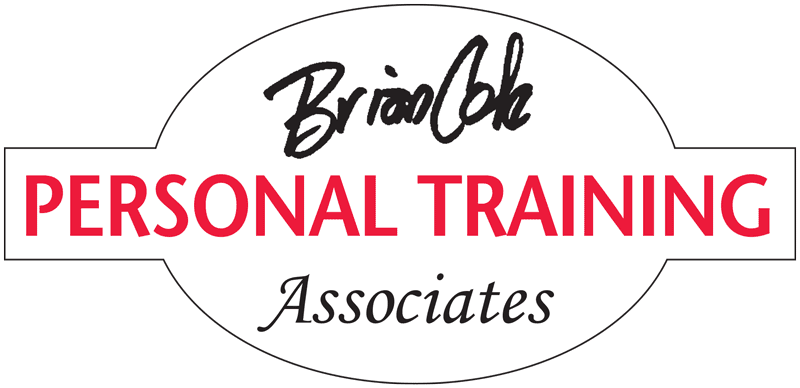A few years ago while in Quebec City I noticed the dual trash and recycling bins on the sidewalks. The conscientious Canadians were responsibly separating their items to deposit as they walked by. Impressive. Especially as I recalled the fast food bags and beer cans casually thrown on the side of my Virginia roads. I happened to be there as the trash truck came, picked up each bin separately and dumped them into the same section of the compactor. It was late on a Friday, wanted to finish the route, I guess. Oh well, another example of good intentions gone awry…
With that in mind, I’m going to recycle some columns I’ve written and compact them into this one. Because Oyster Pointer reaches new readers every month and also because repetition is a valid way to implant info for our regular readers, this recycling will hopefully be more successful than it was for our neighbor to the north.
Sarcopenia and Osteopenia: Let’s talk about the loss of lean muscle tissue and the loss of bone density. Our muscular system has varied functions. It holds up our skeletal system, moves us around and enables us to do stuff. There are more than 600 muscles in the human body; most of them we can’t see but their jobs are essential. We start losing this calorie-burning, energy-giving tissue early in life, and the effects of that cannot be overstated.
If a muscle isn’t exercised, it atrophies. So we just can’t move or do as much as we used to. But some muscles don’t move us at all. In fact, their job is to prevent movement. To stabilize. They’re muscles with a primary postural function. And they cannot just atrophy or we’d be crumpled up on the floor.
OK, so what do muscles with a postural function do if they’re not exercised? They get tight so they can still do their job. Then, feeling tight, folks naturally think they need to stretch. The point is: muscles with a postural function are tight because they are weak. They need to be strengthened, not stretched.
Bones are living, growing tissue. When we’re sedentary and sitting as much as this cushy 21st Century lifestyle encourages, not only do our muscles function poorly but our bone density, also not being challenged, deteriorates as well. So, enter osteopenia and joint arthritis.
While “solutions” to just about everything seem to involve expensive pharmacological interventions, the best way to address the loss of essential muscle and bone tissue is: Yep, Be More Active!!! Then we’ve developed exactly what we need to stand straight, maintaining better posture, to move around more freely with less joint discomfort and to prevent falling due to improved balance. All without any new expensive big pharma drugs and their ubiquitous side effects.
Oversimplification? Absolutely not. And it’s clearly proven that it’s never too late in life to improve everything I just wrote about.
Hope my recycling is more effective than (at least some of) Canada’s.

